
Let me take you back to a sun-dappled afternoon off the north coast of Jamaica. I’d just peeled myself away from a particularly competitive poolside trivia contest aboard the ship—we were robbed!—and opted instead for a land excursion that promised “history, architecture, and a rum punch or three.” Intrigued (and mildly parched), I climbed aboard the open-air bus, expecting a quiet ride to a crumbling relic. What I got instead was a masterclass in Caribbean history wrapped in sugar, sweat, scandal, and yes, a haunting or two.
Jamaica’s great houses—those grand plantation homes dotting the island—are time capsules. Today, they are curated monuments to a complex past, steeped in colonial wealth and the unbearable realities of slavery. Touring them is enlightening, emotional, often unsettling—and totally unforgettable.
Whether this is your first time docking in Jamaica or your tenth, these six great houses are worth carving time for in your itinerary.
1. Rose Hall Great House – Montego Bay’s Most Famous Ghost Story
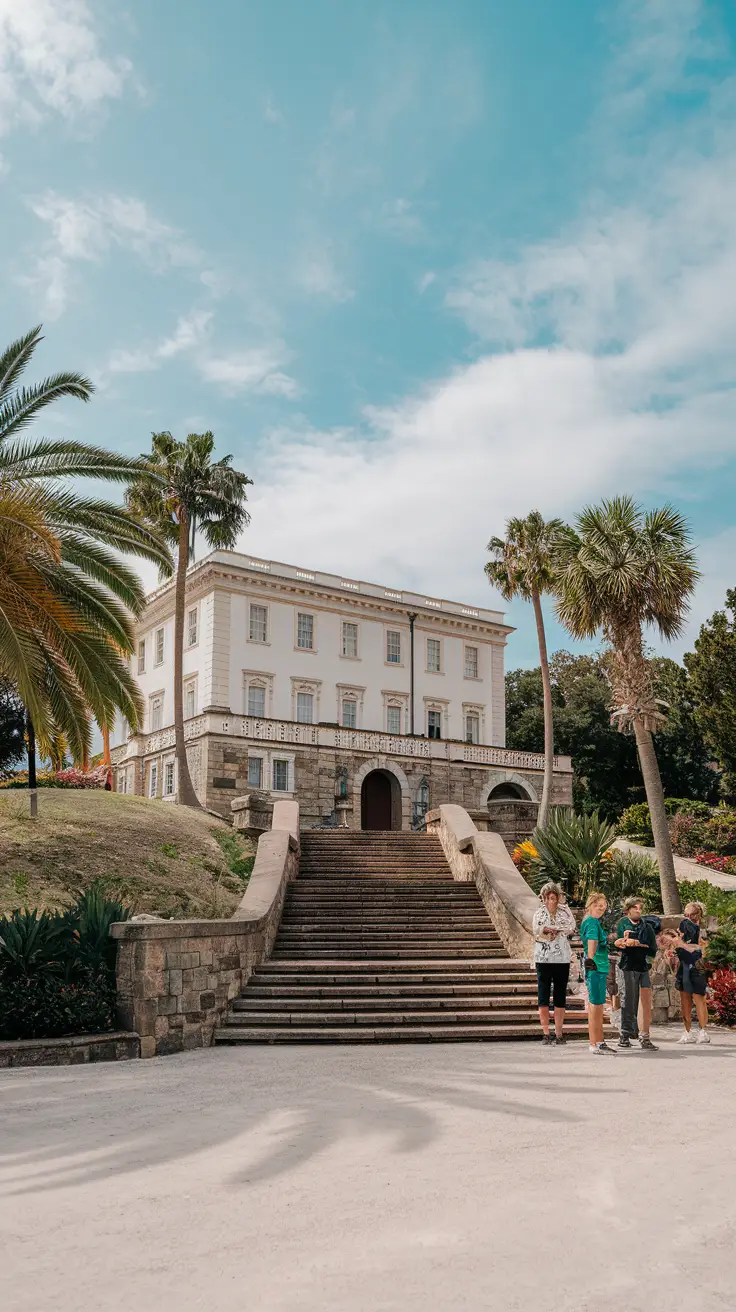
Insider tip: If your cruise ship docks in Montego Bay, Rose Hall is the easiest and arguably the most spine-tingling great house to visit.
Perched above the glitzy resorts is Rose Hall, an 18th-century Georgian mansion with a view that could stop time—if the ghosts don’t do that first. This was the home of Annie Palmer, the infamous “White Witch,” who, if local lore is to be believed, dispatched husbands and slaves alike with practiced ease (and maybe a little voodoo).
What most cruisers miss: Night tours. Yes, the house is fully lit and even more atmospheric with candlelight and whispering winds. Think haunted house, but with serious historical chops. And yes, I jumped at the sound of my own footstep—don’t judge.
Cruise Pro Tip: Early morning tours tend to be less crowded and significantly cooler (Jamaican sun can be… merciless). Ask your shore excursion coordinator if your ship offers a small-group version with time for post-tour shopping—you’ll want some hot sauce or jerk rub from the gift shop, trust me.
2. Greenwood Great House – The Plantation That Kept Its Books
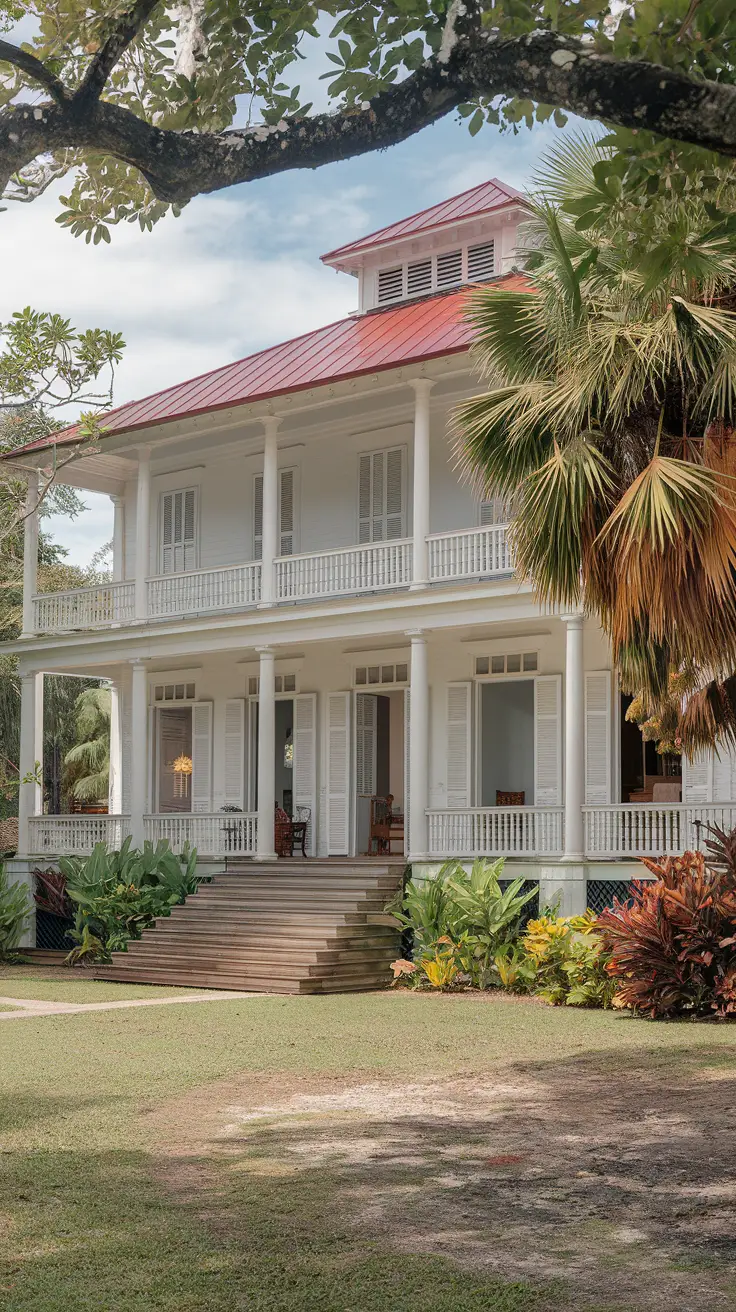
If Rose Hall is the tabloid darling, Greenwood is the historian’s jewel box.
Originally owned by the Barrett family—cousins of the poet Elizabeth Barrett Browning—this house has weathered everything from hurricanes to indifference. Somehow, it still contains original furniture, Wedgwood china, and over 300-year-old books in a mahogany library that looks ripped from a BBC period drama.
Surprising fact: It wasn’t destroyed during the Morant Bay rebellion, which razed many estates. Why? Because the owners were (relatively) well-liked—a rare badge of honor in plantation history.
Cruise Pro Tip: Some tours here include a short recital on an antique German pipe organ. It’s both charming and slightly creepy, especially if you’ve just come from Rose Hall. Bring earplugs if you’re sensitive to sound—it hits some high notes, dear reader.
3. Bellefield Great House – Montego Bay’s Secret Lunch Spot
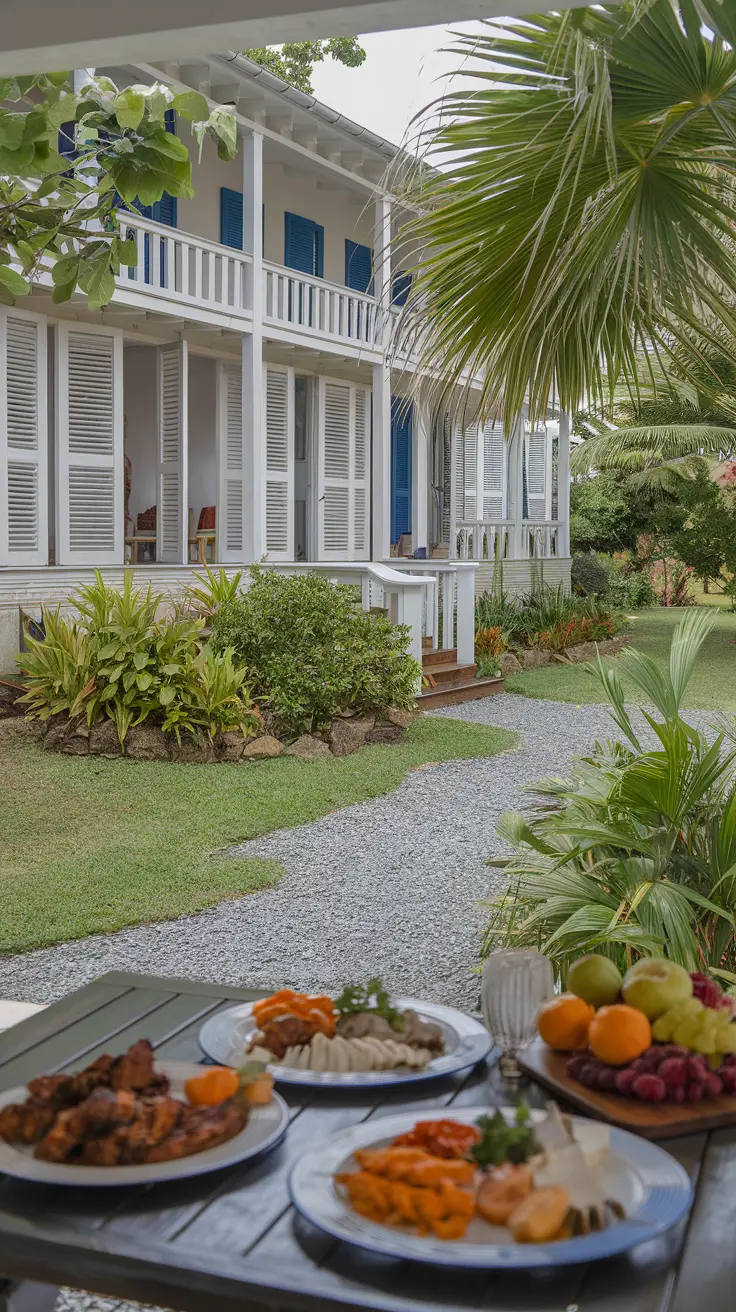
A working estate with a reputation for gardens that would make Versailles bite its knuckles in envy, Bellefield offers one thing the others don’t: serious jerk chicken.
Most cruise passengers fly under the radar of Bellefield unless their excursion includes a local food tasting—if you see a tour with lunch included here, grab it.
Bonus Tip: This is where I tasted ackee and saltfish prepared by a 64-year-old chef who told us Bob Marley once complimented her “rundown” (a delicious coconut-based sauce) at a family event. Say no more.
The house itself is cozy by plantation standards, but its story is strong—it functioned as a sugar mill in the 18th century and has pieces of original machinery still lounging in the gardens like sleeping beasts.
Cruise Pro Tip: Ask if you can wander the grounds post-lunch. They’re typically open during events, and it’s easy to snag your next epic Instagram shot here.
4. Devon House – Kingston’s Sweetest Heritage Site
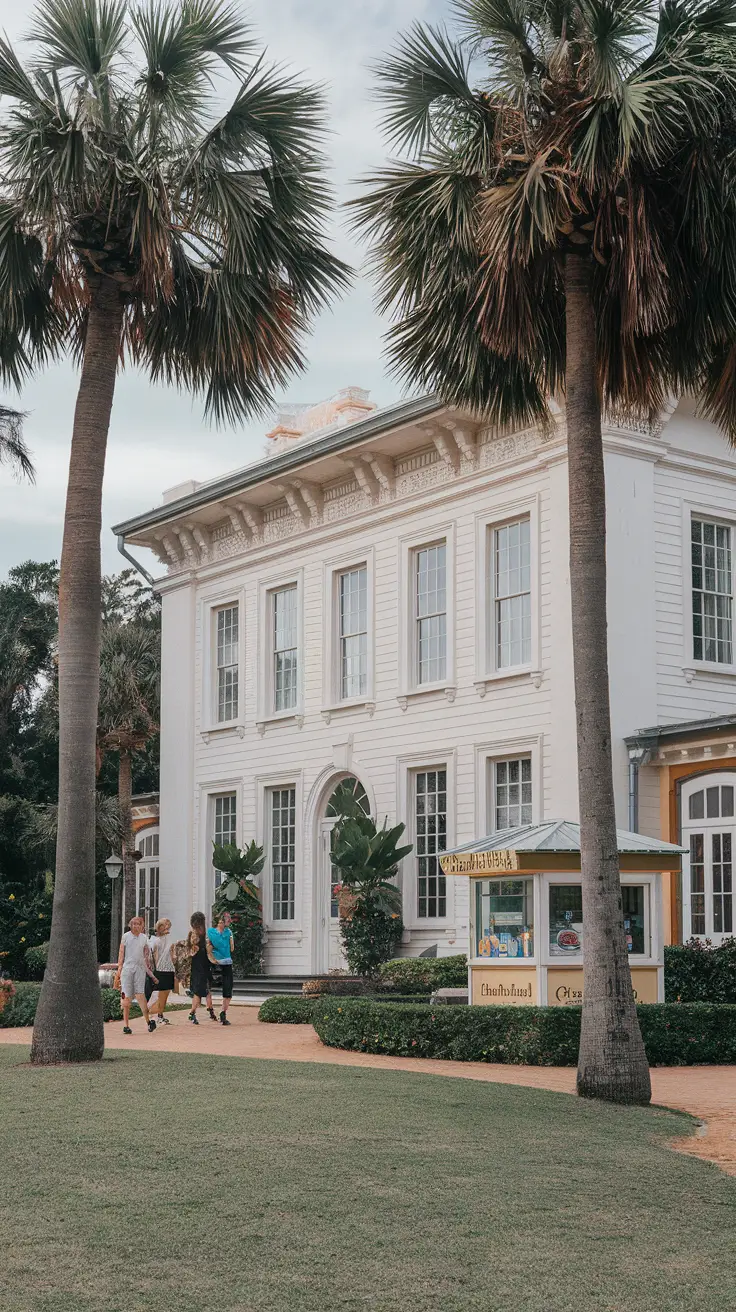
While most cruise ships stick to the north coast, ambitious travelers can hop a Kingston day-trip for Devon House, built by Jamaica’s first Black millionaire, George Stiebel—a self-made man in a time when that truly defied the odds.
The mansion is magnificent, filled with period antiques and local artwork, but what draws me back every time (okay, every single time) is the ice cream. Trust me when I say you haven’t lived until you’ve licked a scoop of Devon Stout or Jamaican Rum Raisin while standing under a 200-year-old guango tree.
Cruise Pro Tip: If your itinerary includes a port call in Port Royal or Falmouth and you have an overnight, ask about an extended excursion to Kingston. You’ll learn as much about modern Jamaica as you will its past.
5. Seville Great House – Where It All Began
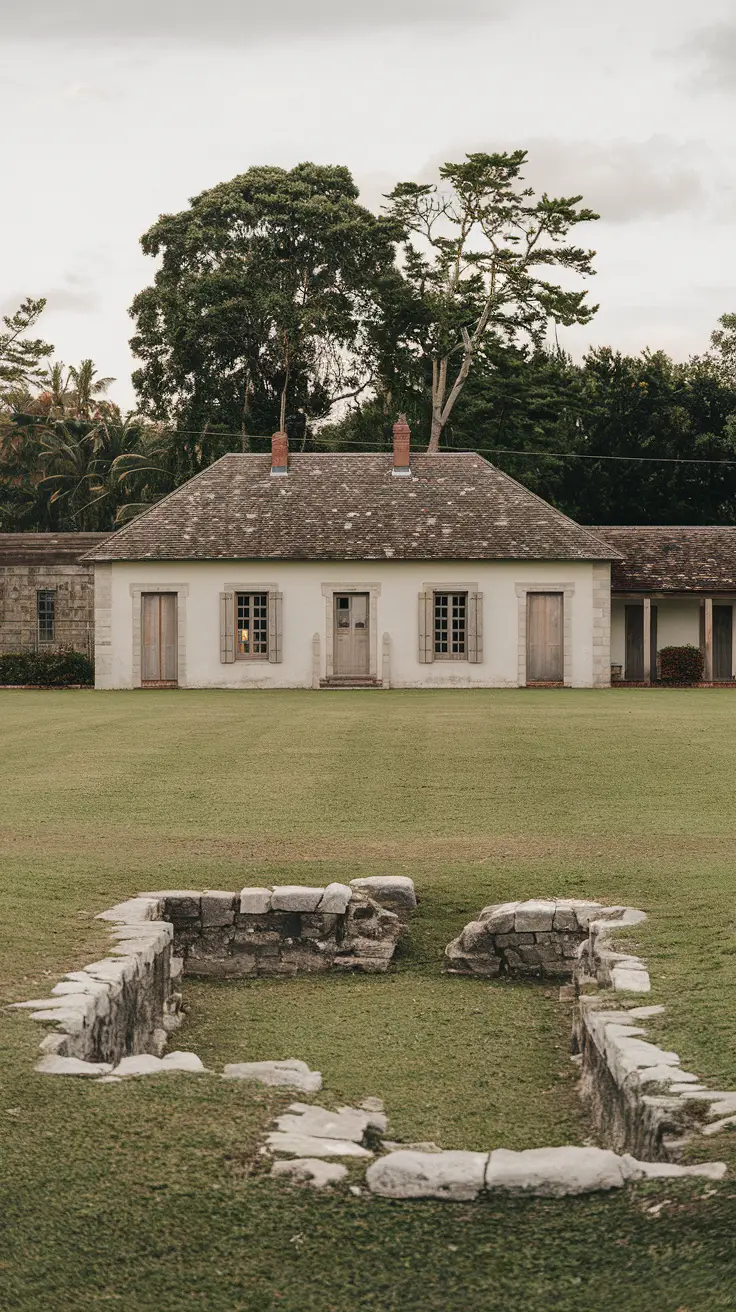
Most people wouldn’t guess this quiet coast near St. Ann once hosted the very first Spanish settlement on the island. Seville Great House sits on a literal archaeological goldmine, and the adjoining museum walks you through 500+ years of Jamaican history—from the Tainos to the Spanish to the British.
Kids (and curious adults like yours truly) will love the artifacts: flint tools, slave irons, plantation maps, and rum-making gear, not mention the original foundations just a short walk away.
Interesting tidbit: The museum includes a display on the Battle of Seville in 1655, when British forces took Jamaica from Spain with cannon fire… and plenty of backdoor diplomacy.
Cruise Pro Tip: This is usually included in cultural heritage excursions that offer more substance than scenery. If you’ve done Dunn’s River Falls and are ready for something deeper, this is your next stop.
6. Good Hope Estate – Adventure Meets Architecture
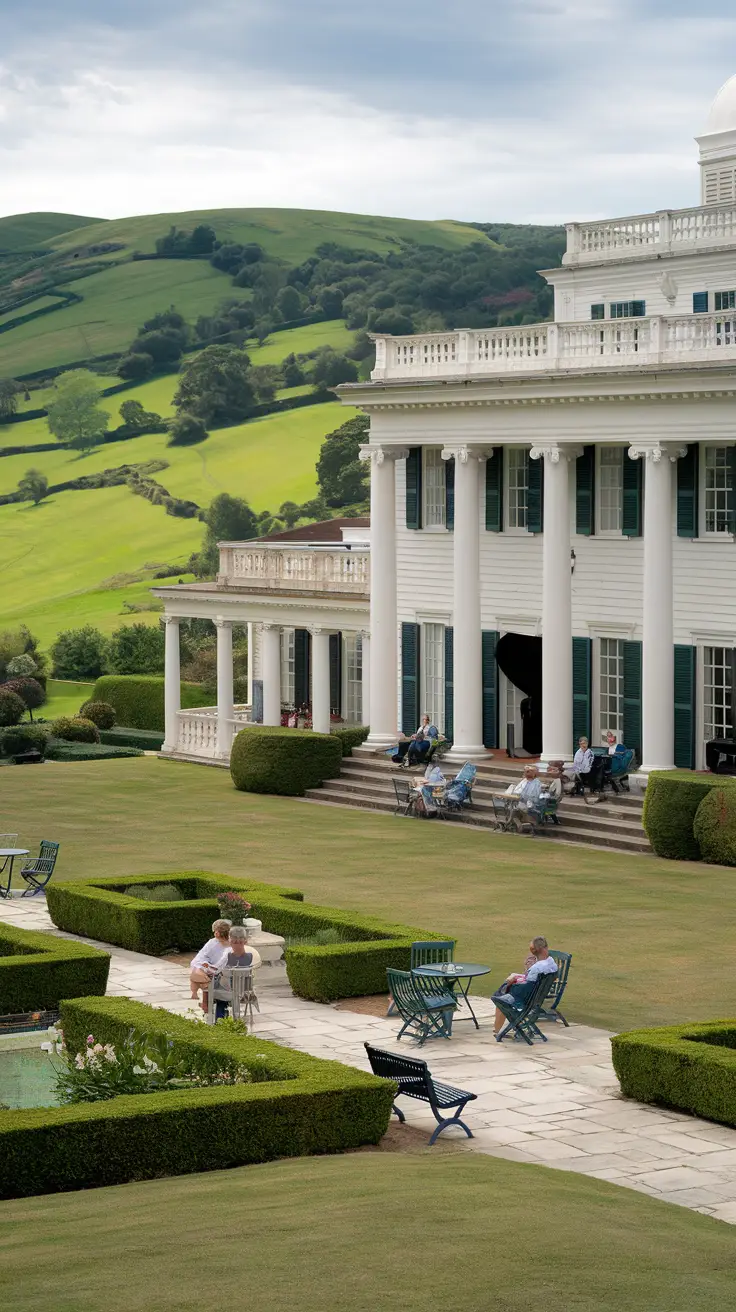
Good Hope is the adrenaline junkie’s plantation. Nothing says “colonial grandeur” like zip-lining over aquamarine rivers and then sipping cocktails under a 1700s stone archway.
Located in the hills of Trelawny, this house has been beautifully restored and surrounds travelers with citrus groves, sugar mill ruins, and perhaps the best curated tour shop for handmade Jamaican crafts you’ll find on the island.
Cruise Pro Tip: This estate often partners with tour operators offering combo packages: ATV rides, River tubing, and a plantation tour. It’s the perfect option for mixed-activity families (history for you, thrills for the teens, and rum tastings for Grandma).
Bonus Win: They have a super clean changing area if you’re hopping back into port wear after some splashes. It’s a tiny detail, but trust me—after a sweaty river trek, it feels like royalty.
Final Thoughts: Past, Present, and Rum on the Rocks
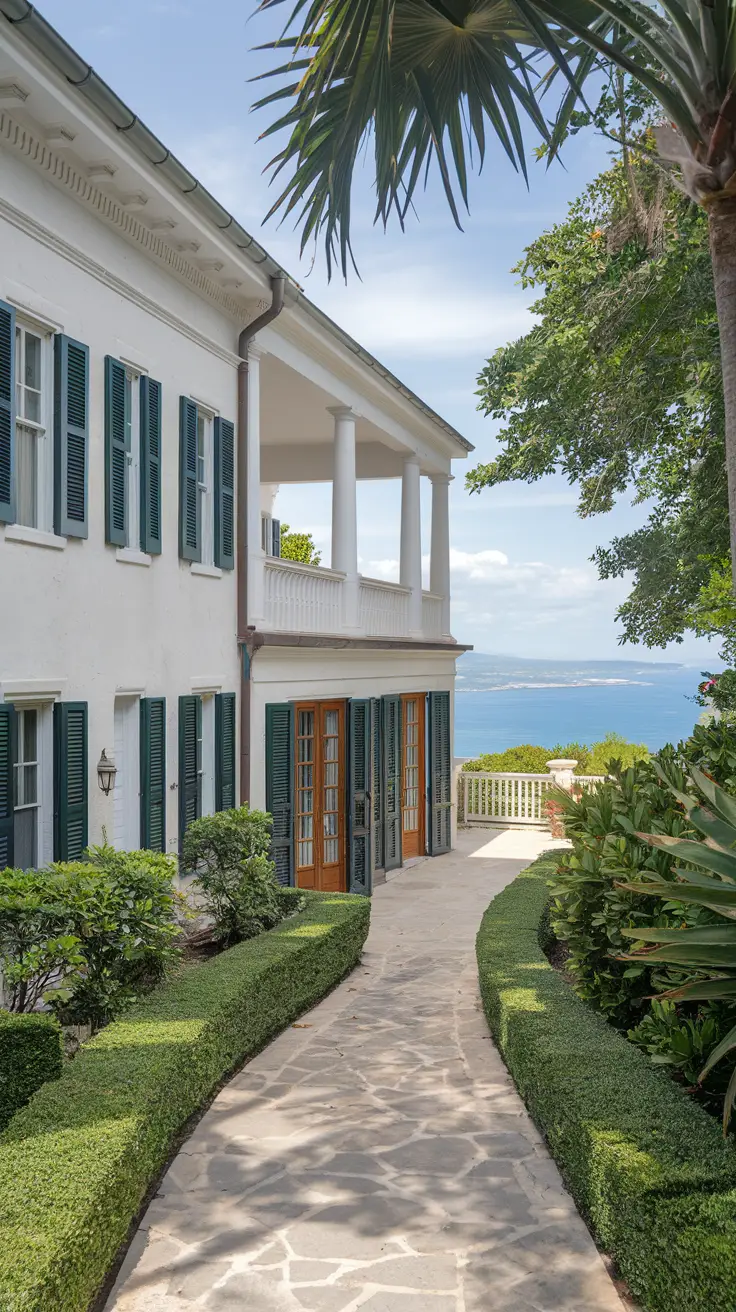
Jamaica’s great houses aren’t just about elegant architecture or Instagrammable moments. They’re living echoes of a past that shaped not only the island but our current conversations about heritage and humanity. Some are celebratory. Others, sobering. All are worth exploring, with an open heart and maybe a sturdy hat.
So next time your ship pulls into port and your only plan was “find a beach and a rum punch,” consider trading flip-flops for a guided walk through pages of history. You might come away with more than just a tan—perhaps a fresh perspective and a curious respect for all the stories these walls keep.
Sail smart, my friend—and never underestimate the power of a well-timed ice cream cone at a colonial-era mansion.
Bonus Tip for Cruise Lovers:
Ask onboard experts about “quiet port days”—those rare unicorns when your ship is the only vessel in dock. Touring great houses on these days? Chef’s kiss. Fewer lines, more photos without strangers, and docents who have time to dish the real tea.
See you on the gangway. I’ll be the one toting a straw hat, notebook, and suspiciously antique-looking rum bottle.
Cheers! 🏴☠️
